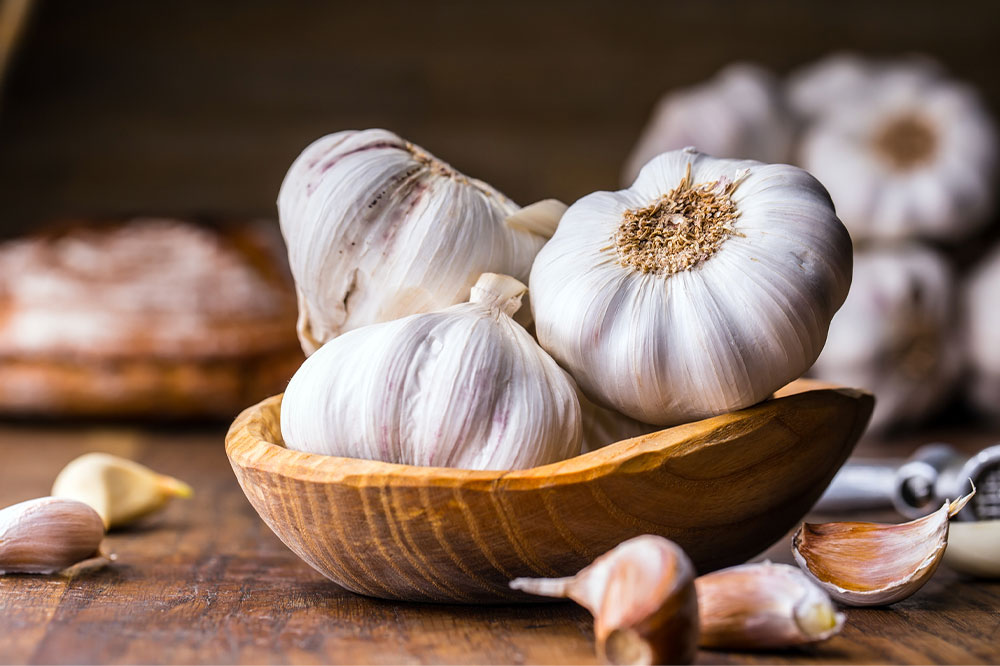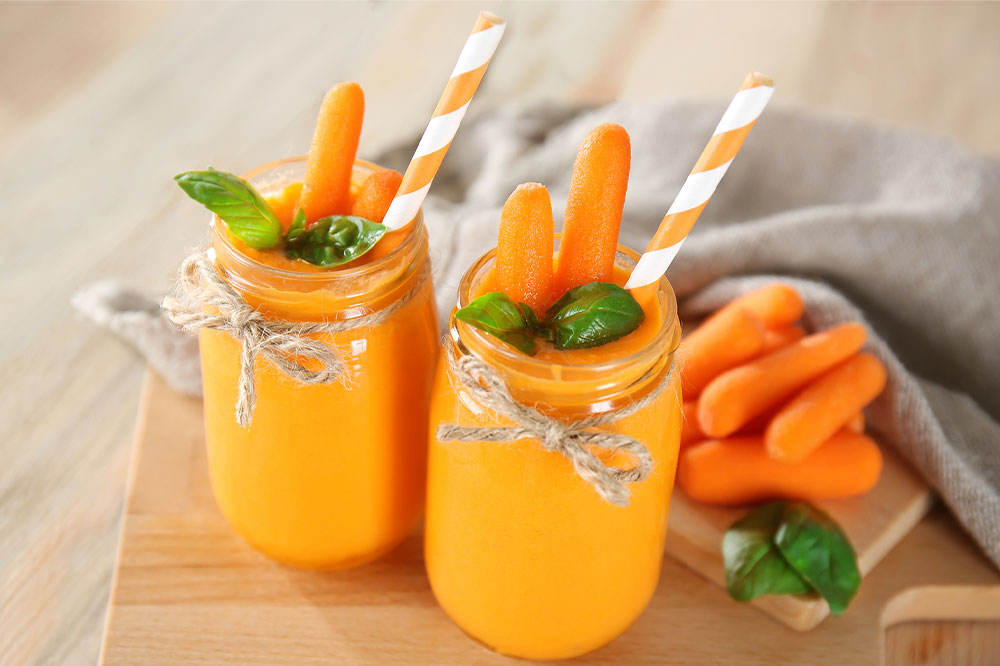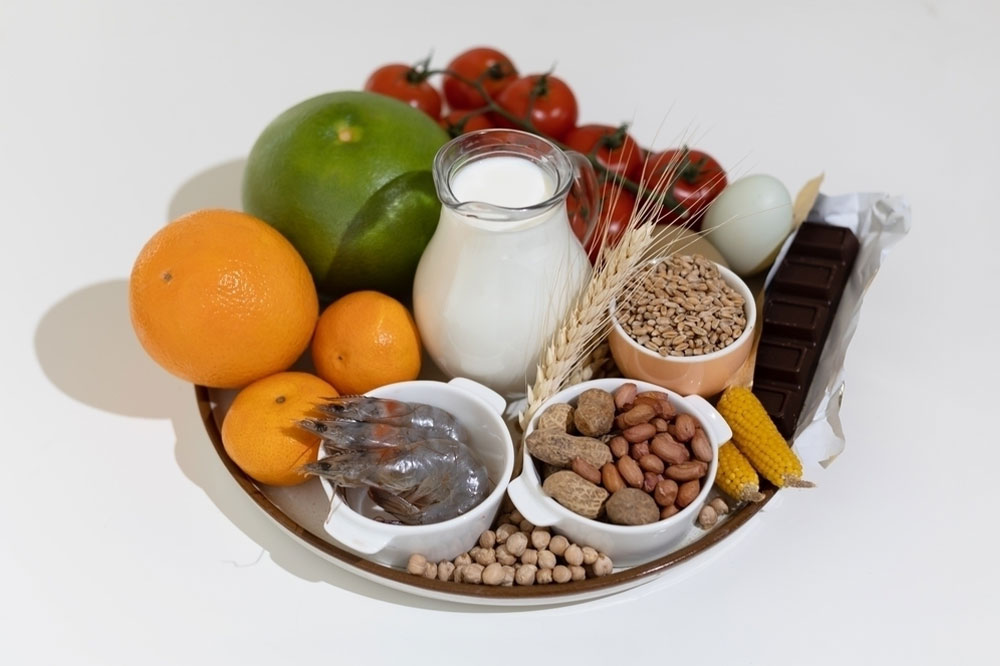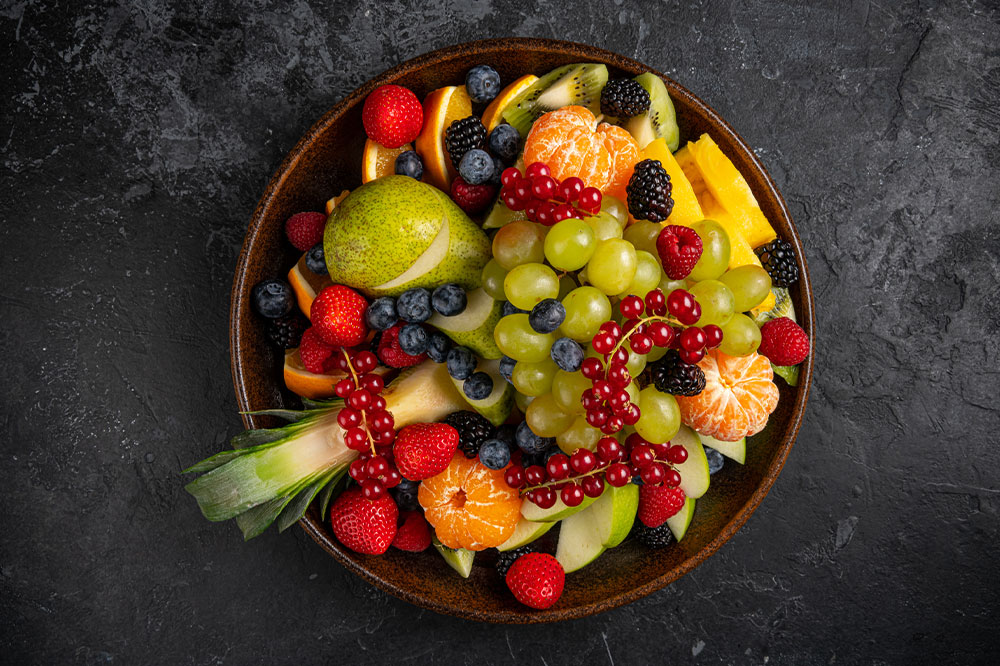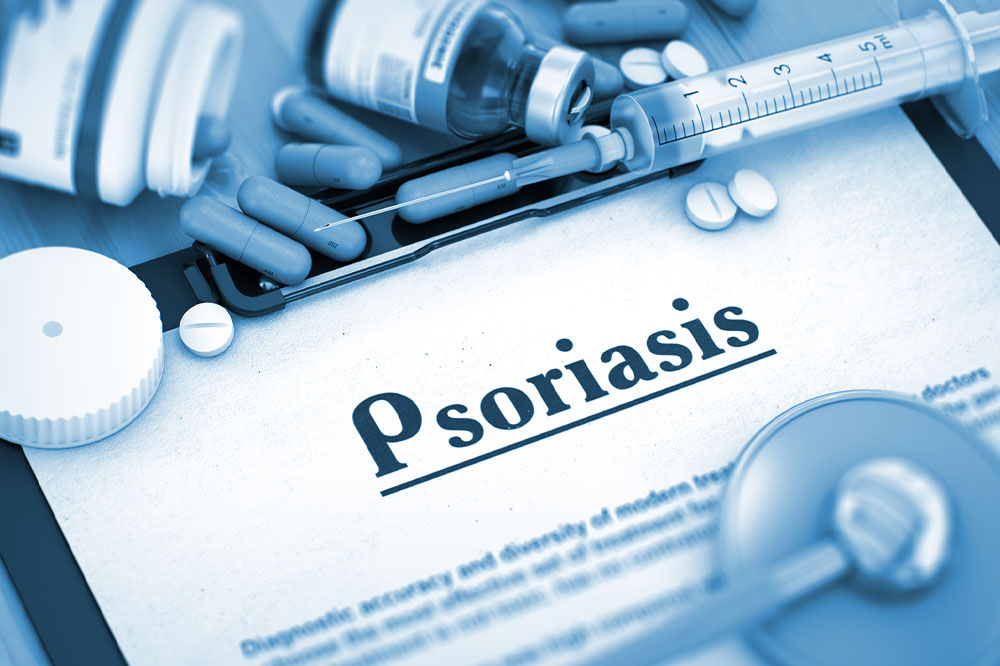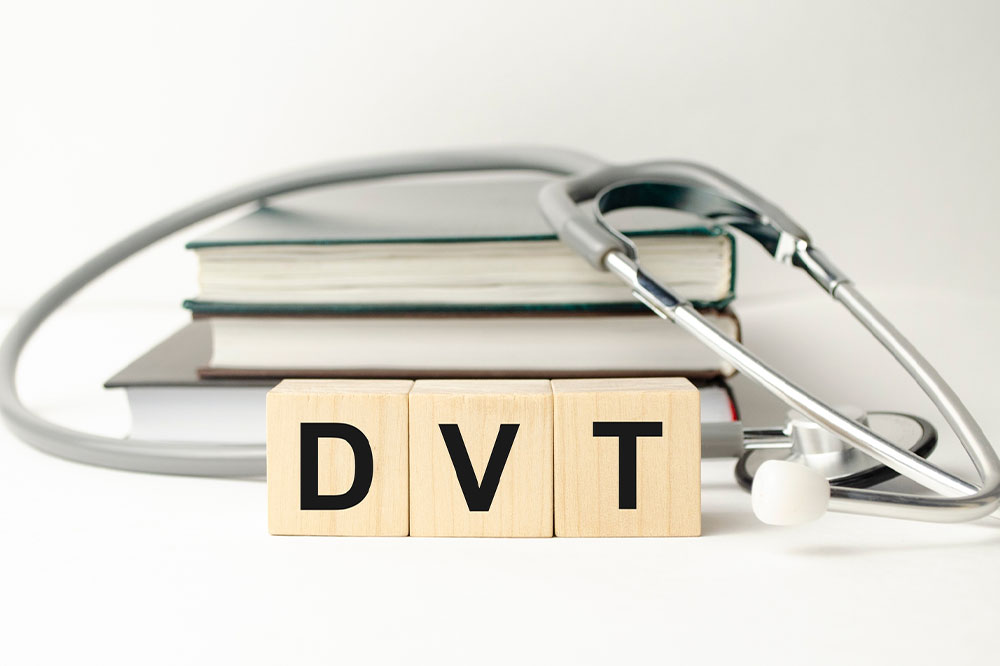
3 warning signs of deep vein thrombosis
Deep vein thrombosis (DVT) is a disorder that develops when a blood clot (thrombus) forms in one or more deep veins in the body, usually in the legs. People with the condition experience leg pain and swelling. Doctors may recommend prescription options, compression stockings, or surgery as treatment options. Although treatable, the disorder can lead to serious complications if it remains undetected. So, here are a few warning signs of DVT: Swelling Swelling, the most common warning sign of DVT, affects approximately 70% of patients. If the DVT develops in the thigh or calf, the swelling is limited to the area of the blood clot. However, if the clot develops in the pelvic region, both legs may have significant swelling. Leg pain About 50% of people with DVT experience leg pain. The pain can be moderate to severe and is independent of the size of the blood clot. The pain here, which may feel more like a cramp, is usually felt in the calf muscles or along the vein as it travels down the inner thigh. Changes in skin The skin around the affected area may appear red or discolored. Additionally, the region may feel warmer than the rest of the body.
Read More 